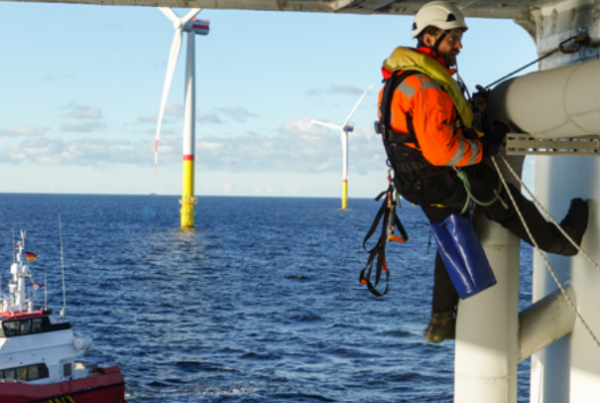Donald Anderson, senior advisor at Allocate gives his 5 top tips on how to use technology to get the same senior officers back onboard the same vessel
Shipping is a people business and it is no secret that there are concerns in the industry regarding a future shortage of qualified seafarers of the right standard. In fact in 2015 the BIMCO/International Chamber of Shipping Manpower[i] report identified a shortfall of approximately 16,500 officers (2.1%) with a staggering need for an additional 147,000 officers by 2025 to service the world’s merchant fleet. The good news is that globally the number of officers is forecast to increase steadily but demand will outpace supply in the coming years.
In a world where crew planning continuity and getting the same senior officers back onboard the same vessel is the ultimate goal of crew planners the task has just become much harder. Fewer crew changes mean reduced costs and a greater commitment to teamwork and collaboration at all levels. To achieve this and to overcome the challenge of seafarer shortages some ship managers are building a pool of officers to maintain continuity on vessels. Senior officers can then become more involved in vessel management, quality control and financial performance. However, to ensure officers are in the right place at the right time and the correct balance between officers, agency personnel and ratings is maintained, modern integrated systems are required. Therefore, in an industry which is naturally cautious in terms of technology those companies that adopt the latest workforce optimisation solutions will be the first to see the benefits of increased consistency and efficient crewing.
Here are five top tips for how to use technology to ensure crew planning continuity to cut costs, improve efficiency and maintain compliance while promoting teamwork and collaboration:
- Maintain an officer matrix – a digital officer matrix helps to determine which senior crew members should work together to provide the relevant levels of experience to pilot a vessel. By implementing a software-as-a-service solution managing companies, ship owners and manning agents can securely access data online to ensure safety and efficiency at sea, wherever they are located.
- Look into the future – a modern workforce and resource optimisation solution should be able to analyse current resource competences and model for future requirements. Using timeline management capabilities the system should have the ability to forecast demand across key business areas and extend planning horizons. Being prepared goes a long way to ensure that STCW compliance and IMO regulatory requirements are met by individual crew members, and the vessel as a whole, to ensure compliant resource deployment and safe manning of each vessel.
- Take a global view – the same report that identified the need for an additional 147,000 officers by 2025 stated that the Philippines and Russia are an important source of senior crew, followed closely by Ukraine and India. While China is thought to have overtaken the Philippines as the largest single source of seafarers qualified for international trade, data from international shipping companies suggests that the extent to which Chinese seafarers are available for global service may be limited. Therefore the ability to use technology to take a global view of crew optimisation and resourcing is essential for management to make timely decisions leading to continuity and cost savings.
- Keep things shipshape on-and-offshore – utilise one central solution to integrate workforce scheduling and management with HR and project management systems shipside and shore-side to provide an accurate picture of crew movements, staff and contractors, at any time. This enables the master of the vessel to see who is scheduled to join the ship, their contact details as well as those of their next of kin, arrival and departure dates, port visits, agents, cash and crew accounts, vessel certificates and provisions. All the master has to do is log onto the system and the information is communicated back to shore-side to be downloaded in common formats such as Microsoft Excel and CSV files.
- Don’t delay – with the cost of crewing typically being the biggest expense when it comes to running a vessel the more continuity with crewing, in particular in terms of officers, the more costs can be controlled to make organisations competitive in an exceptionally margin sensitive market. While shipping has begun to use technology to improve vessel and crew performance there is still some way to go before the sector as a whole fully embraces technology as a key to crew continuity and resource optimisation.
The old way of managing crewing by spreadsheets and pin-boards is very definitely a thing of the past. Modern cloud-based solutions which remove duplicated effort, administration burdens and staff costs are the way forward for effective crew continuity and increased profitability.
For more information download the Allocate White Paper, Optimal Resourcing – Overcoming the barriers to effective resource optimisation.
[i] https://www.bimco.org/News/Press-releases/20160517_BIMCO_Manpower_Report





